DIY feeders represent one of the most rewarding projects for anyone interested in wildlife, pet care, or sustainable gardening. Whether you’re looking to attract colorful birds to your backyard, provide enrichment for your pets, or create an efficient system for livestock, homemade feeders offer customizable, cost-effective solutions that often outperform commercial alternatives. The satisfaction of crafting something functional with your own hands, coupled with the joy of watching animals benefit from your creation, makes this a uniquely fulfilling endeavor. In this comprehensive guide, we’ll explore various types of DIY feeders that have proven effective through real-world testing, complete with insights on materials, construction techniques, and maintenance tips to ensure your feeding stations stand the test of time.
Understanding the Importance of Proper Feeder Design
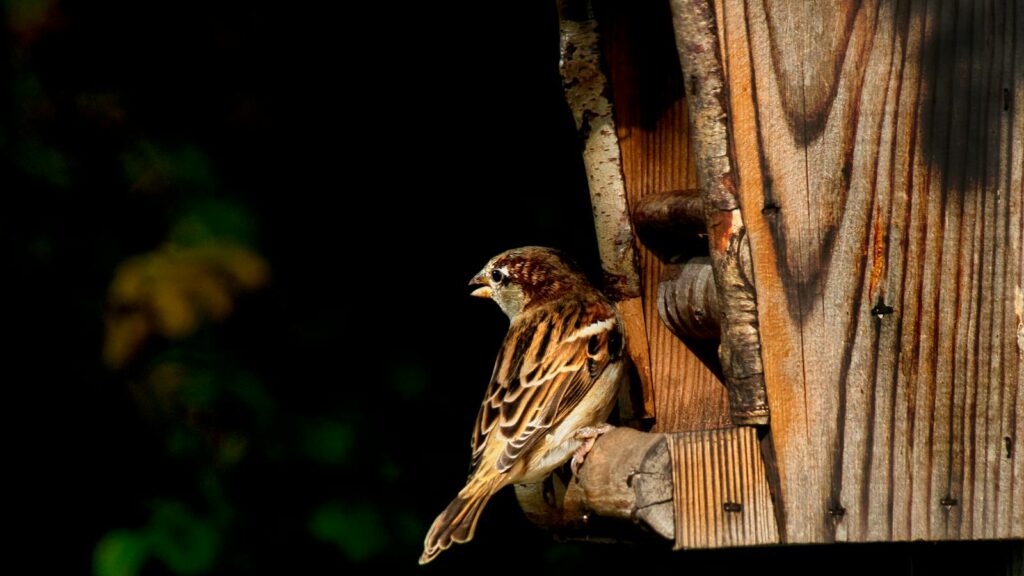
Effective feeder design isn’t just about aesthetics—it addresses fundamental needs of the animals you’re feeding while solving practical problems. A well-designed feeder protects food from the elements, prevents waste, deters unwanted visitors, and remains accessible to intended recipients. Natural feeding behaviors must be considered; for instance, birds have different feeding styles depending on species (ground feeders versus perching feeders). Structural integrity is equally important, as feeders must withstand weather conditions, animal activity, and regular cleaning. Understanding these principles before beginning construction will significantly improve your success rate and enhance the feeding experience for wildlife or pets.
Essential Materials for Durable DIY Feeders

The longevity and effectiveness of any DIY feeder depends largely on your material selection. Weather-resistant options like cedar, redwood, and treated pine work excellently for outdoor applications, naturally resisting rot and insect damage. For more budget-friendly alternatives, recycled plastic, PVC pipe, and repurposed containers offer durability while keeping costs low and reducing environmental impact. Metal components like hardware cloth, wire, and aluminum flashing can reinforce vulnerable areas or create protective barriers against squirrels and larger animals. When selecting materials, always consider potential toxicity—avoid pressure-treated lumber containing arsenic or lead-based paints when building feeders for any animals, as these compounds can leach into food and cause serious health problems.
Bird Feeders: Platform and Tray Designs
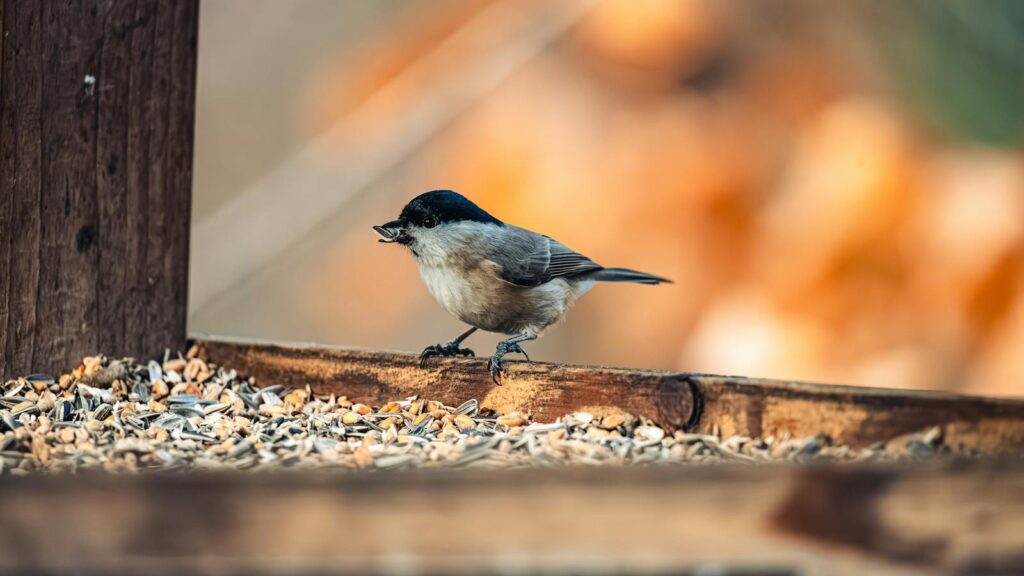
Platform feeders represent one of the simplest yet most versatile DIY projects for attracting a wide variety of birds. These open-style feeders consist of a flat surface with a raised edge to contain seed, optionally covered with a roof for weather protection. Construction requires minimal materials—typically a wooden base approximately 12-18 inches square, short sides (1-2 inches high), and small drainage holes to prevent water accumulation. Their open design accommodates larger birds like cardinals and jays that might avoid tube feeders, while allowing birds to feed in their natural posture. For improved longevity, consider adding metal screening to the base which facilitates drainage and air circulation, preventing seed from becoming moldy after rain.
Tube Feeders: Maximizing Seed Protection
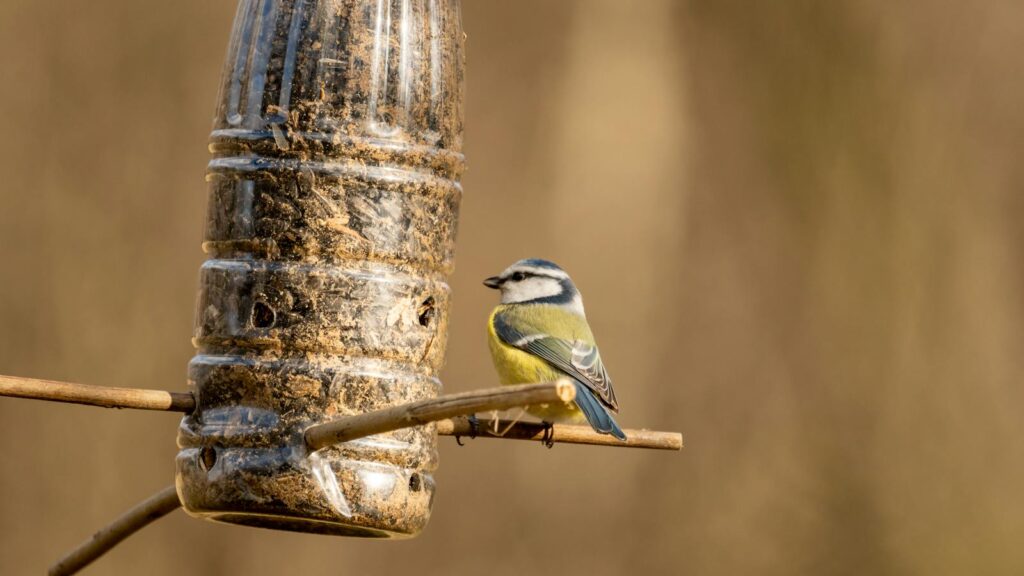
Tube feeders offer excellent protection for seeds while accommodating multiple feeding stations, making them ideal for smaller songbirds like finches, chickadees, and titmice. Construction typically involves a clear plastic container (recycled bottles work well) with feeding ports drilled at intervals and perches installed beneath each opening. The enclosed design shields seed from precipitation, extending its freshness while reducing waste. For enhanced functionality, incorporate a conical baffle at the bottom to direct seeds toward the ports as the level drops, ensuring easy access until the feeder is nearly empty. To prevent clogging—a common issue with tube feeders—ensure drainage holes at the bottom and consider adding a removable base for easy cleaning, as seed hulls and debris will inevitably accumulate.
Squirrel-Proof Innovations That Actually Work
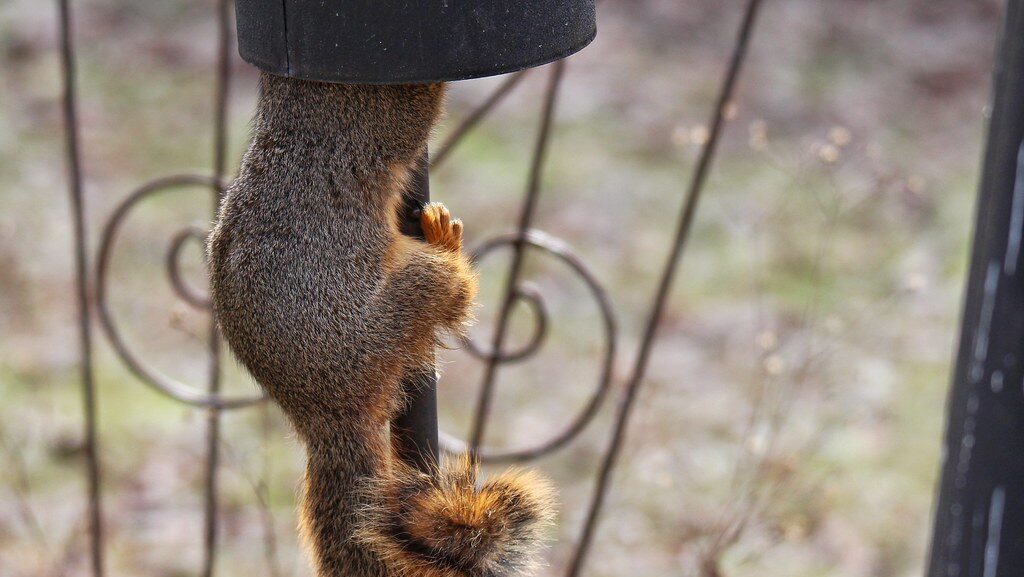
Creating truly squirrel-proof feeders requires understanding squirrel behavior and physical capabilities. Baffle systems—cone or cylinder-shaped barriers placed above hanging feeders or below pole-mounted ones—effectively prevent climbing access when properly sized (at least 15 inches in diameter) and positioned (at least 4-5 feet from jumping points). Weight-sensitive mechanisms offer another proven approach, where feeding ports close when anything heavier than birds lands on the perch, typically using counterweighted systems or spring-loaded mechanisms. Cage enclosures with openings sized specifically for birds (approximately 1.5 inches) allow smaller species access while excluding squirrels and larger birds. Combining multiple deterrent features yields the best results, as persistent squirrels will test every weakness in your system before giving up.
Nectar Feeders for Hummingbirds and Butterflies

DIY nectar feeders provide specialized nourishment for hummingbirds and certain butterfly species, requiring particular attention to design details that accommodate their unique feeding habits. For hummingbirds, the classic inverted bottle design uses a narrow feeding tube mimicking flower structures, allowing their specialized tongues to access the sugar solution. Construction typically involves a glass bottle with a specially designed stopper featuring red feeding ports (attractive to hummingbirds) and small entrance holes that prevent insects from reaching the nectar. Butterfly feeders, by contrast, work best as shallow dishes with sponges or wicks that allow butterflies to land and sip through their proboscis. For both feeder types, materials must be non-toxic and easily cleanable, as sugar solutions quickly develop harmful mold and bacteria—plastic, glass, and food-grade metals being the safest options.
Automatic Pet Feeders for Dogs and Cats
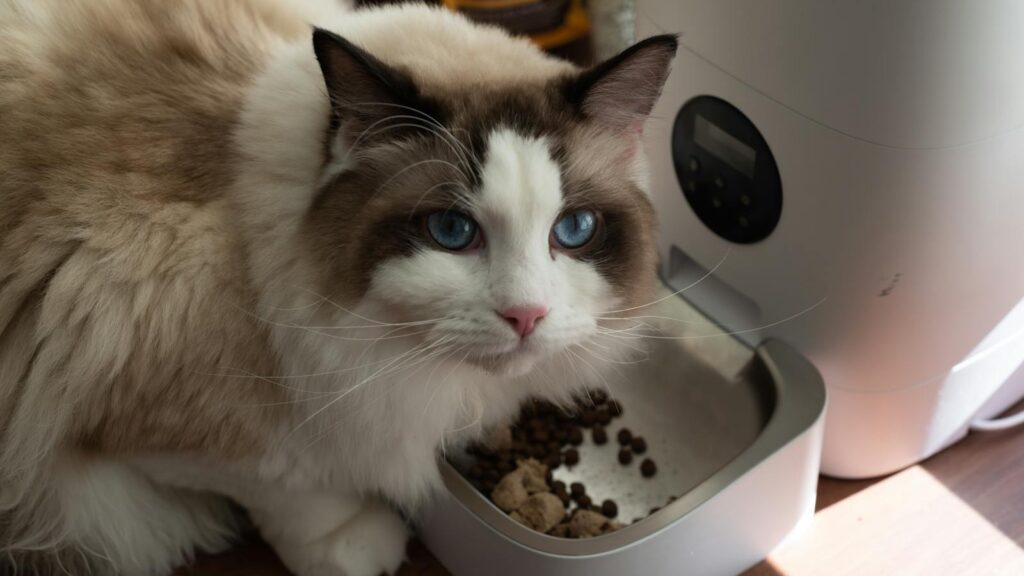
DIY automatic pet feeders offer practical solutions for busy pet owners, providing reliable feeding schedules without commercial equipment costs. Gravity-fed systems represent the simplest design, where food gradually dispenses from a reservoir as pets consume what’s available—typically constructed from PVC pipe components or repurposed containers with careful attention to flow control mechanisms that prevent overflow. Timer-based systems require more technical skill but offer greater control, using simple mechanical timers or microcontrollers like Arduino to release predetermined portions at scheduled intervals. For multiple-pet households with different dietary needs, RFID-controlled feeders can be constructed using pet microchip readers and servo motors to create exclusive feeding stations that only open for specific animals. Regardless of design, durability and stability remain crucial considerations, as enthusiastic pets may knock over poorly balanced feeders.
Slow Feeders for Improved Pet Digestion
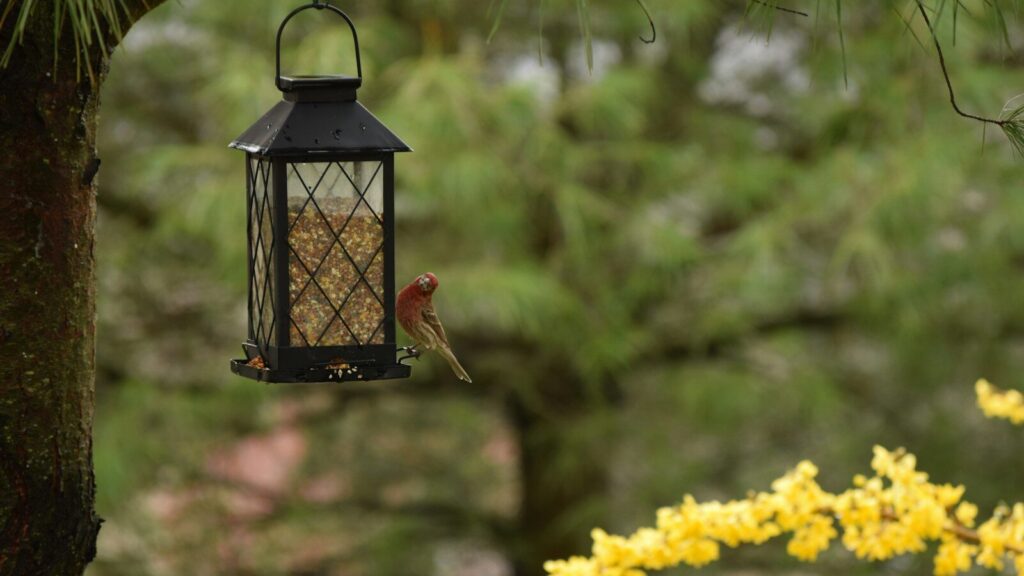
Slow feeders address health concerns for pets who eat too quickly, reducing risks of bloat, regurgitation, and obesity by extending mealtime. DIY versions can be remarkably effective, with the simplest design involving a shallow pan with fixed obstacles (like securely attached PVC pipes or food-safe silicone shapes) that require pets to navigate around barriers to access food. Puzzle-based slow feeders offer greater complexity, using moving parts that pets must manipulate to release food—for example, a rotating disc with openings that must align with food compartments underneath. For dogs specifically, muffin tins with tennis balls covering the food work remarkably well as an impromptu slow feeder solution. When designing these feeders, prioritize rounded edges and non-toxic materials, ensuring the finished product challenges your pet without causing frustration or posing safety hazards.
Livestock Feeders for Reduced Waste
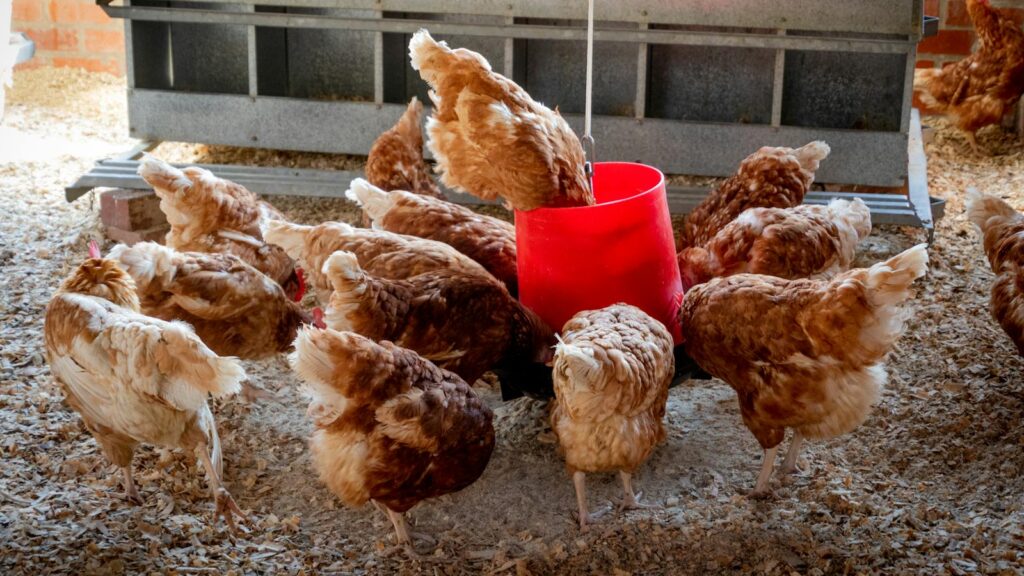
Efficient livestock feeders dramatically reduce feed waste while improving animal nutrition through controlled access to food. For poultry, treadle feeders work exceptionally well—these weight-activated systems remain closed until a chicken steps on the platform, preventing access by rodents and wild birds. Construction typically involves a covered feed container connected to a hinged lid mechanism triggered by a wooden platform. For larger animals like goats and sheep, keyhole feeders reduce waste by limiting head movement while eating hay; these consist of a vertical board with neck-width slots that allow access to hay stored behind the board. Self-regulating grain feeders for cattle or horses can be constructed using large barrels with adjustable openings at the bottom, allowing animals to push a paddle or ball to release small amounts of feed as needed, preventing overconsumption and spoilage.
Weatherproofing Techniques for Outdoor Feeders
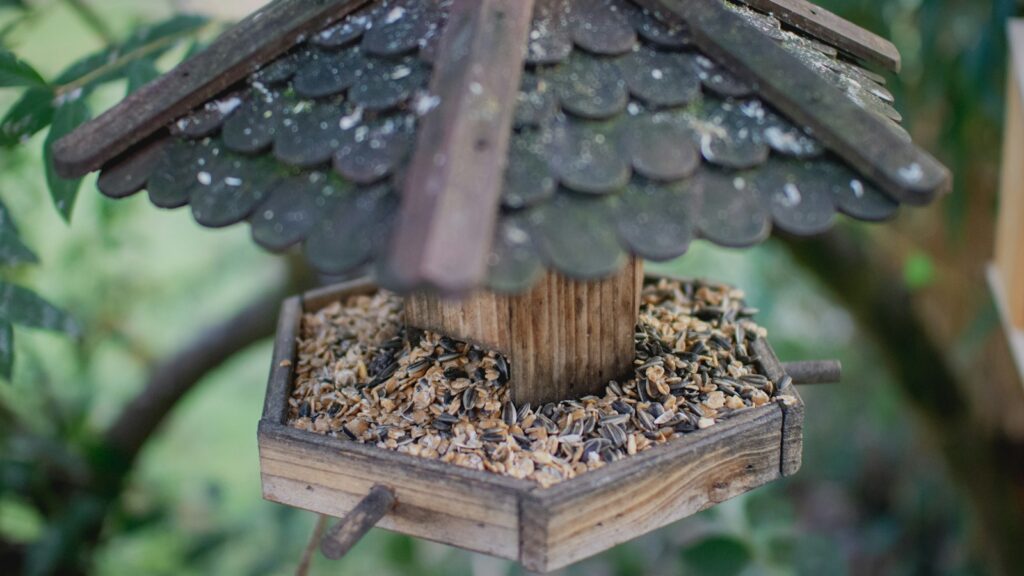
Effective weatherproofing extends feeder lifespan while keeping food dry and fresh through seasonal challenges. Proper roof design provides fundamental protection, with overhangs extending at least 2-3 inches beyond feeding areas and angled surfaces that effectively shed water and snow. Strategic drainage systems prevent water accumulation through small holes in appropriate locations and sloped surfaces that direct moisture away from food reservoirs. Sealing wooden components with food-safe finishes like tung oil, linseed oil, or beeswax creates a protective barrier against moisture without introducing harmful chemicals. For areas with extreme weather, removable weather shields—transparent plastic panels that attach during inclement conditions—offer additional protection while maintaining visibility and access, essentially creating a microclimate around the feeding area that remains accessible despite challenging conditions outside.
Preventing Bacterial Growth in DIY Feeders
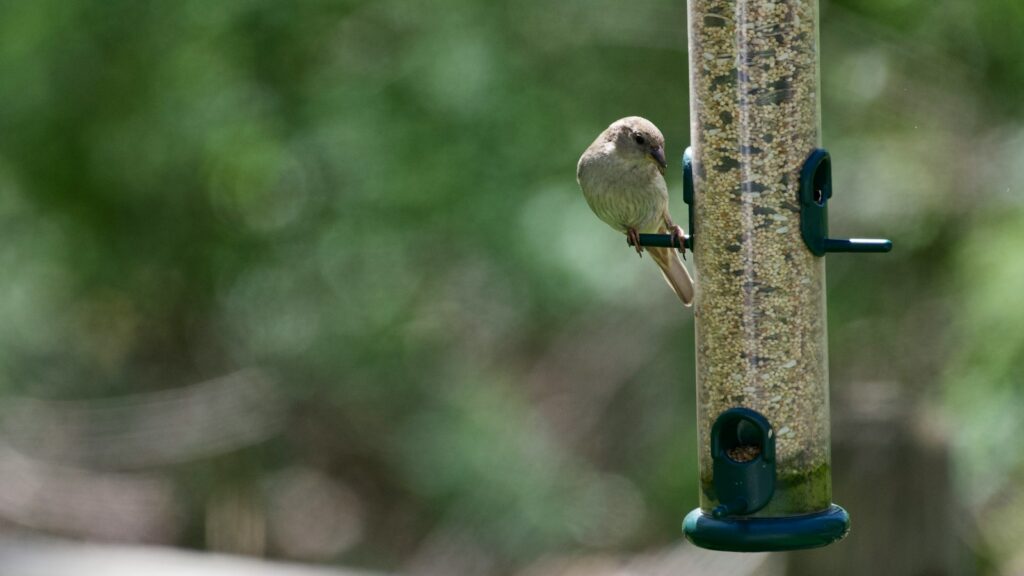
Bacterial control represents one of the most critical aspects of feeder design, as spoiled food can quickly spread disease among wildlife or pets. Proper ventilation systems prevent moisture accumulation through strategically placed air holes and circulation patterns that inhibit condensation, particularly important in enclosed designs like tube feeders. Self-cleaning mechanisms can be incorporated through sloped floors that naturally channel debris toward drainage points, reducing material buildup that harbors bacteria. Material selection significantly impacts cleanliness—non-porous surfaces like glass, food-grade plastics, and sealed woods resist bacterial penetration and clean more effectively than untreated porous materials. For wet foods or sugar solutions, designing components for easy disassembly enables thorough cleaning with minimal effort, increasing the likelihood of regular maintenance and preventing the biofilm development that can harm feeding animals.
Monitoring and Maintenance Best Practices
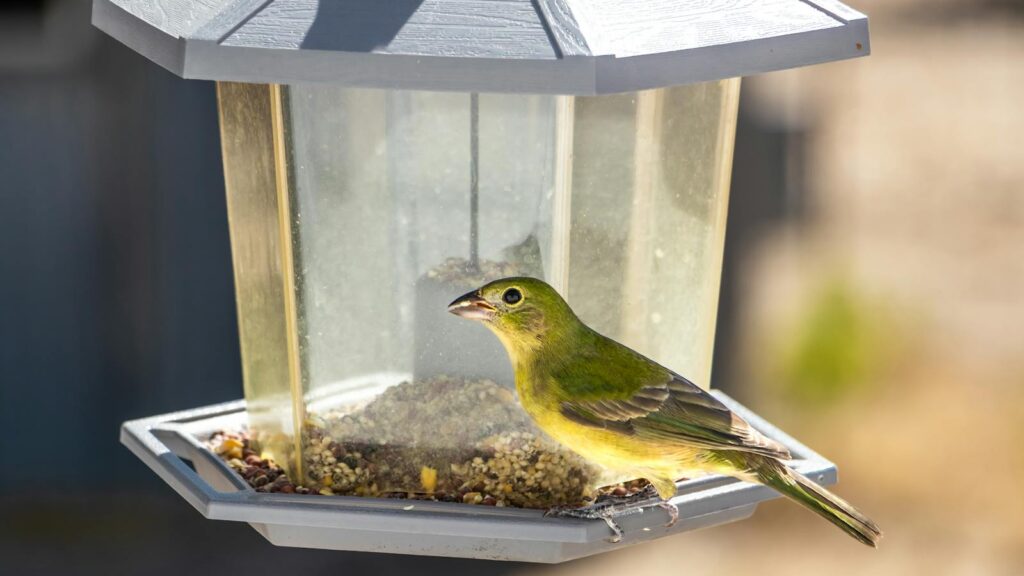
Consistent maintenance ensures your DIY feeders remain safe and effective throughout their useful life. Establish regular cleaning schedules based on usage patterns and weather conditions—generally, bird feeders should be thoroughly cleaned every two weeks, more frequently during hot, humid weather when mold growth accelerates. Inspect critical components during cleaning, including hinges, perches, and feeding ports, replacing damaged parts promptly to prevent structural failures. Food rotation practices prevent spoilage and pest attraction; only fill feeders with amounts that will be consumed within 2-3 days, especially during warm weather when seed can quickly become rancid. Document feeding patterns through simple observation logs to identify potential problems—sudden changes in visitation may indicate feeder issues or predator presence that requires attention.
Ethical Considerations for Wildlife Feeding
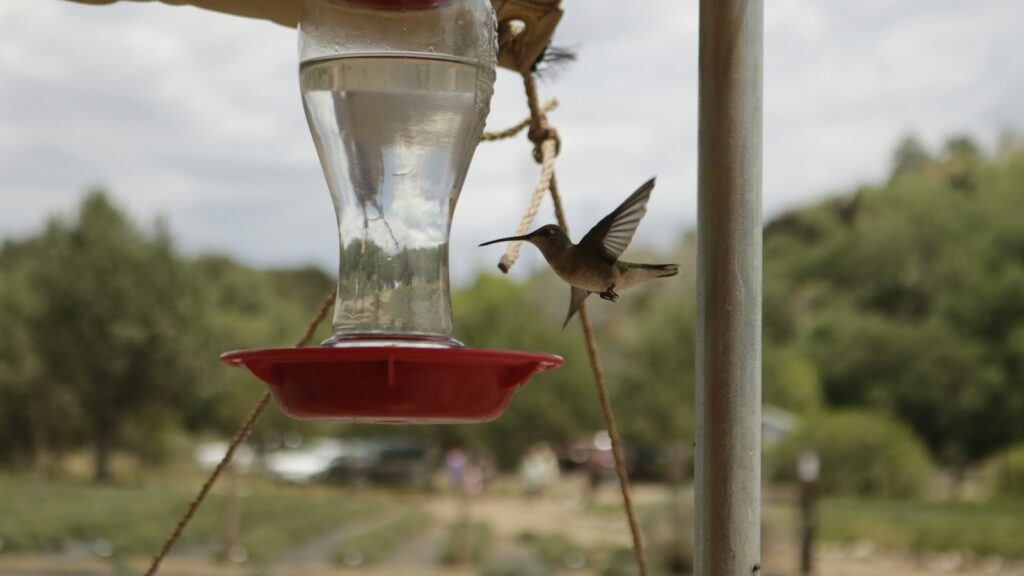
Responsible feeding practices ensure your DIY feeders benefit wildlife without creating dependencies or ecological disruptions. Location selection significantly impacts wildlife safety—place feeders either within three feet of windows (preventing fatal high-speed collisions) or more than 30 feet away, giving birds space to maneuver if startled. Seasonal adjustment of feeding patterns aligns with natural cycles; for instance, reducing offerings during nesting season encourages birds to teach offspring natural foraging behaviors. Diverse food options support healthier wildlife populations with multiple feeder types offering species-appropriate nourishment rather than relying solely on inexpensive fillers like millet or cracked corn. When environmental conditions change, develop a responsible withdrawal plan that gradually reduces feeding amounts rather than abruptly stopping, giving animals time to adjust their foraging patterns and prevent nutritional stress.
Conclusion

Creating DIY feeders that genuinely work requires thoughtful design, appropriate materials, and consistent maintenance—but the rewards extend far beyond simple cost savings. These custom feeding solutions offer unique opportunities to observe animal behavior up close while providing genuinely beneficial support to the creatures that share our environment. Whether you’re supporting backyard biodiversity, enhancing pet wellbeing, or improving livestock management, the principles outlined in this guide will help ensure your projects deliver lasting value. Remember that successful feeders evolve through observation and refinement—don’t hesitate to modify designs based on how animals interact with your creations, gradually developing solutions perfectly tailored to your specific feeding goals.
